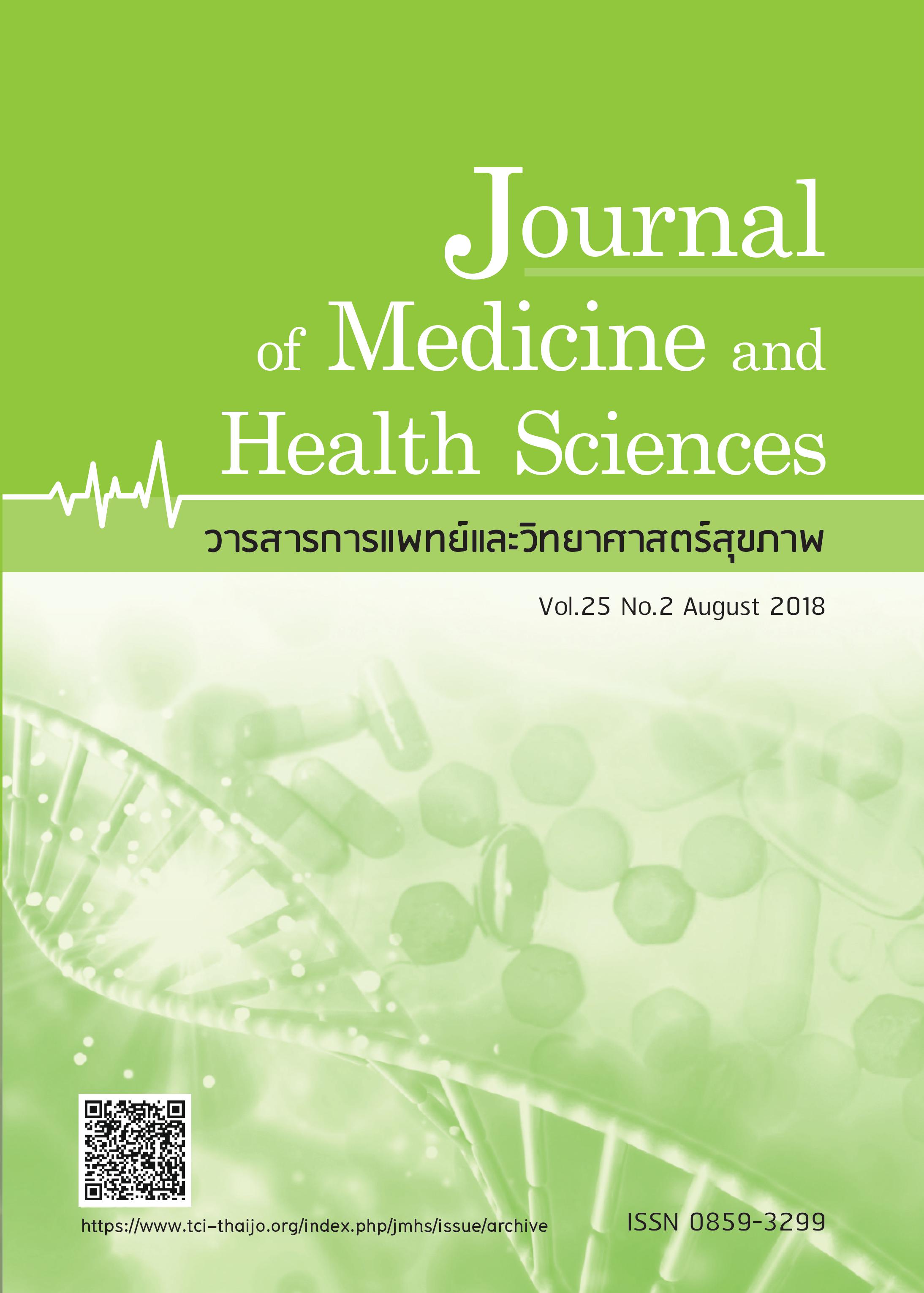Co-existence of RUNX1 and NFAT2 in the human glioma tissues
Keywords:
glioma, RUNX1, NFAT2, brain tumor, transcription factor, double immunofluorescenceAbstract
Glioma is a type of CNS tumors that arises from glial cells. It is the most common primary brain tumors in adults. This type of brain tumor is extremely aggressive, but rarely expanded outside the brain parenchyma. Previously, the World Health Organization (WHO) classified gliomas into 4 grades, i.e. grade I-IV, which depend largely on the conventional histological appearances. More recently, the 2016 WHO classification of CNS tumors was released. Since then, the correlation of histology and molecular genetic features approval has facilitated some diffuse-type tumors. It has been well established that the major aspects contributing to the rapidly growth of tumors is angiogenesis. This is a highly cooperative process involving multiple transcription factors. In this study, we investigated expression of RUNX1 and NFAT2 transcription factor proteins in human glioma specimens, WHO grade I-IV, by double immunofluorescence staining. Our findings confirmed the distribution of RUNX1 and NFAT2 that was confined to the cytoplasm of glioma tissues compared with human normal brain control (p<0.05 and p<0.01). The co-existence was significantly observed in the same tumor cells with higher fluorescent extent in the gliomas with higher grade, especially in grade II-IV. The GFAP immunoreactivity indicated that all neuronal-glia tumors were astrocytes in current finding. Therefore, involvement of RUNX1 and NFAT2 in each grade of gliomas may suggest their functions in controlling differentiation and transformation of angiogenesis in human glioma patients.



